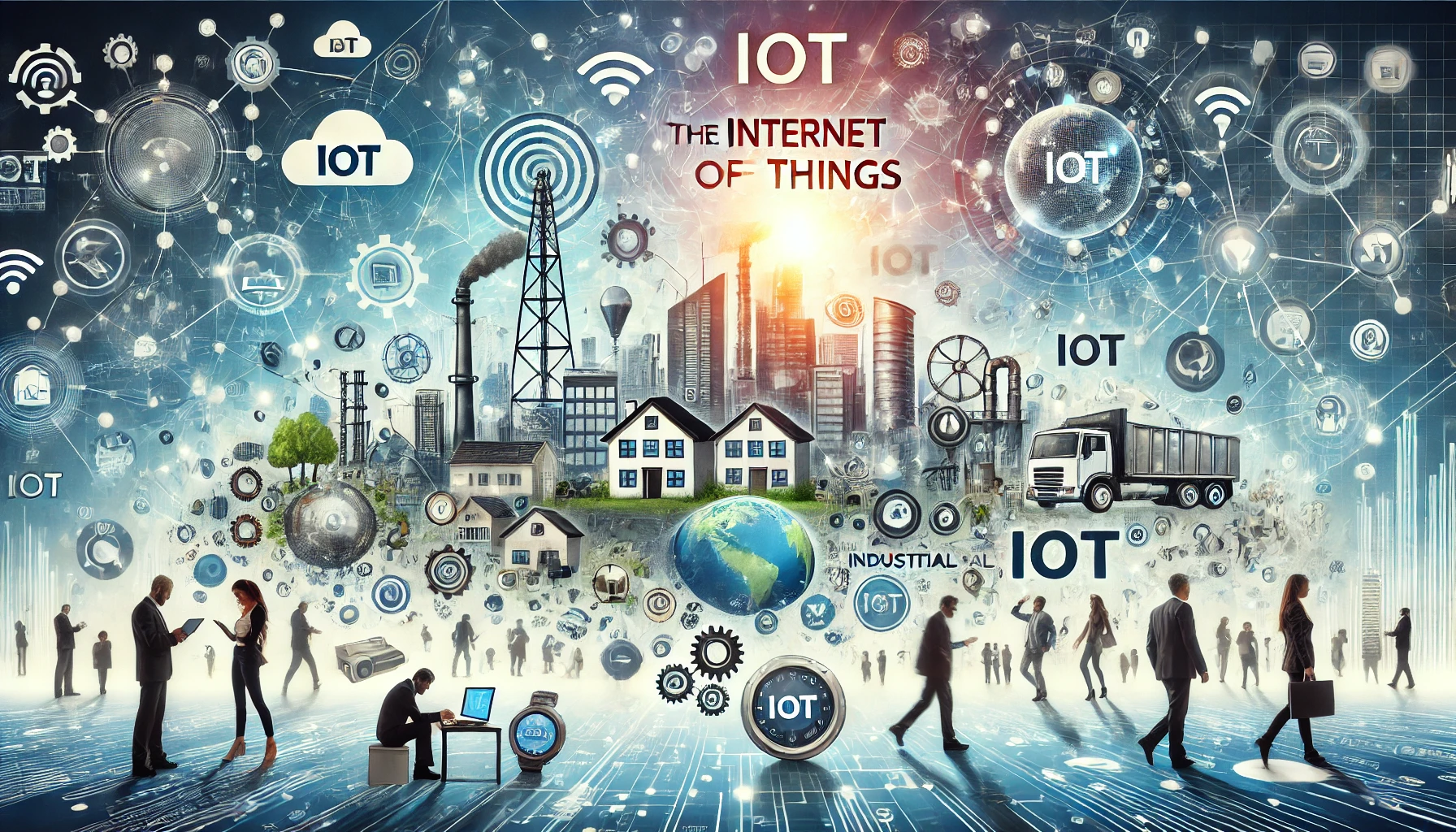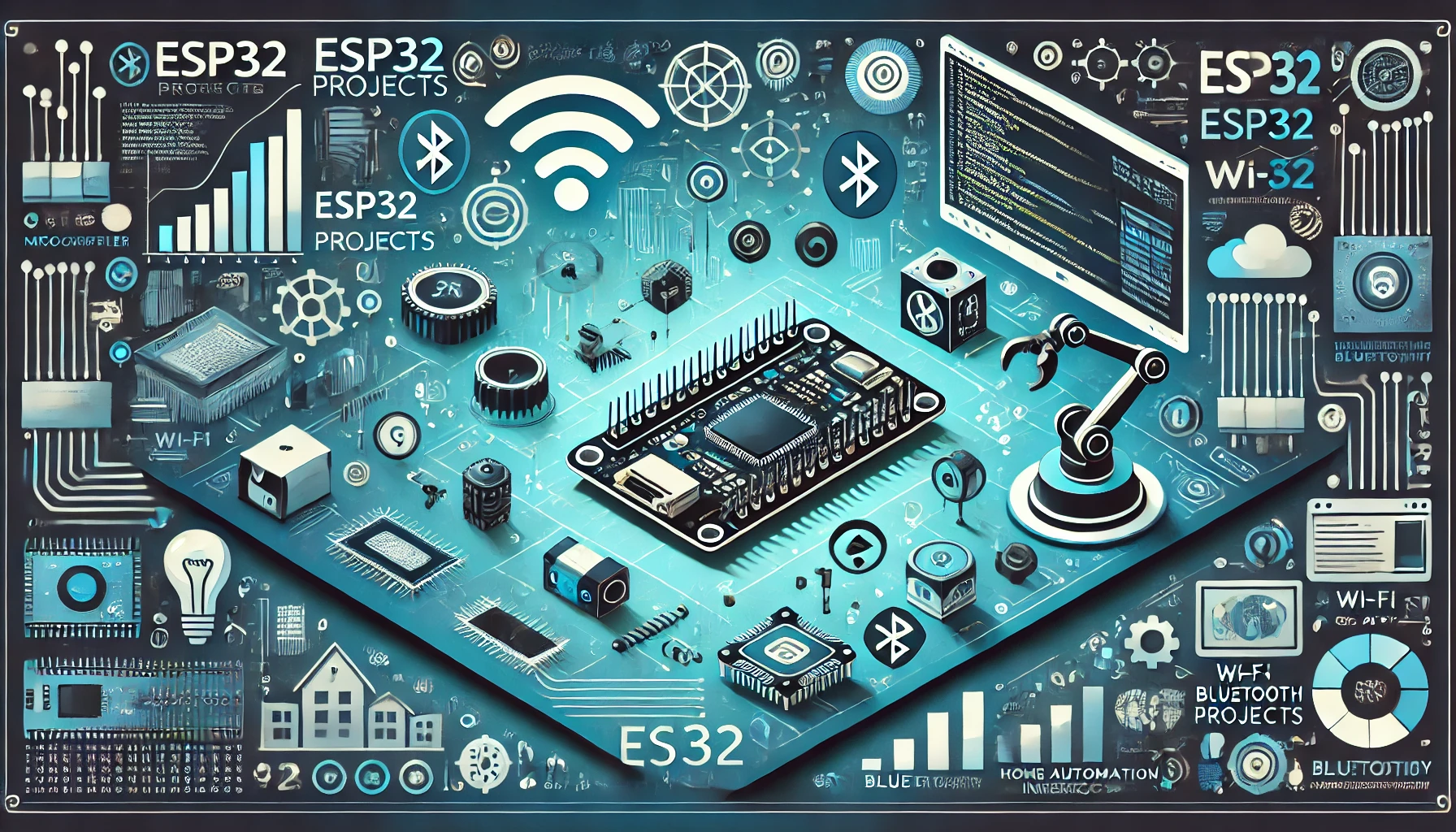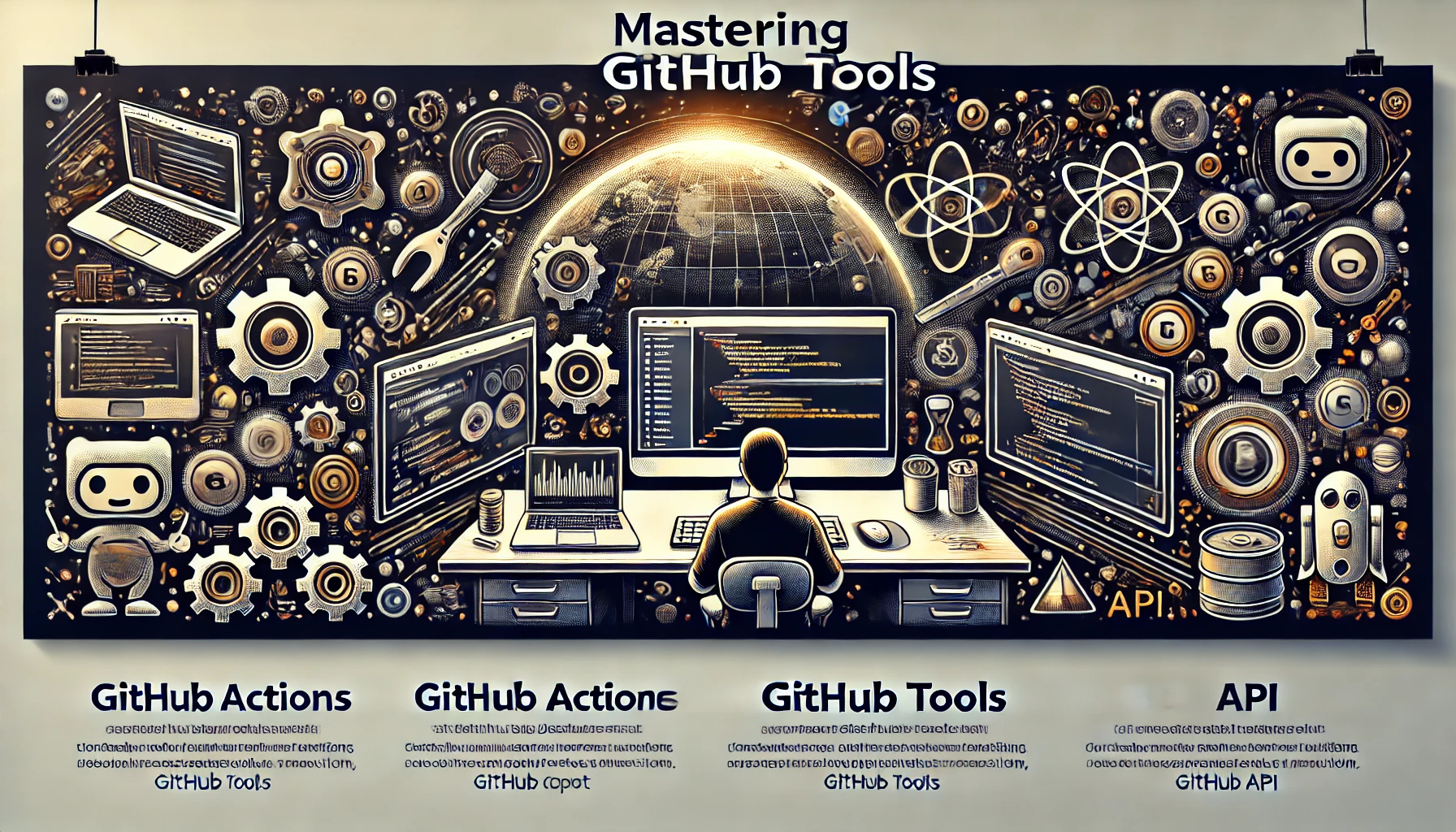The Future of IoT:Smart Devices, Connected Systems, and Wearable Technology
The Internet of Things (IoT) has rapidly evolved from a futuristic concept to a critical part of our daily lives. From smart devices in our homes to wearable technology that monitors our health, IoT is revolutionizing how we interact with the world. In this blog, we will explore the significant role of IoT, focusing on smart devices, connected systems, wearable technology, and IoT applications that are reshaping our lives.
The Rise of Smart Devices: Transforming Everyday Interactions
Smart devices are at the forefront of the IoT revolution, making our lives more convenient and connected. These devices, which include everything from smart thermostats to voice-activated assistants, are designed to integrate seamlessly into our daily routines.
Key Features of Smart Devices
- Automation: Smart devices can automate tasks such as adjusting the temperature in your home or turning off lights when you leave a room.
- Remote Control: Many smart devices allow you to control them remotely through your smartphone, making it easier to manage your home even when you’re not there.
- Integration with Other IoT Devices: Smart devices often work in tandem with other IoT-enabled products, creating a connected ecosystem that enhances your overall experience.
Example: A smart thermostat, such as the Nest Thermostat, learns your temperature preferences and automatically adjusts settings to save energy and improve comfort. This not only enhances your living environment but also reduces your energy bills.
How Smart Devices Improve Daily Life
Smart devices simplify everyday tasks, making life more efficient and enjoyable. Whether it’s through automating household chores or providing real-time information, these devices are changing how we live. As more connected devices enter the market, our homes are becoming smarter, more responsive, and better tailored to our individual needs.
Connected Devices: Creating a Seamless IoT Ecosystem
Connected devices are the backbone of the IoT, enabling different gadgets and systems to communicate with each other. These devices, often referred to as the “Internet of Everything,” are designed to work together to create a seamless and integrated environment.
The Importance of Connected Devices in IoT
- Interoperability: Connected devices can communicate across different platforms, ensuring that all your IoT products work together harmoniously.
- Data Sharing: These devices share data with each other, allowing for more accurate and efficient operations. For example, a connected refrigerator can notify you when you’re running low on groceries and suggest recipes based on the items available.
- Enhanced User Experience: By creating a unified system, connected devices enhance the user experience by making interactions smoother and more intuitive.
Example: Amazon Echo devices, part of the broader Alexa ecosystem, allow users to control various aspects of their smart homes, from lighting to security systems, all through voice commands.
The Role of Connected Devices in Modern Living
As connected devices become more prevalent, they are transforming how we interact with technology. These devices make it easier to manage multiple aspects of our lives, from home security to personal health, all through a single interface. The growth of connected devices is a clear indication of how IoT is shaping the future of modern living.
Wearable Technology: Monitoring and Enhancing Health and Wellness
Wearable technology is another critical component of the IoT ecosystem. These devices, which include fitness trackers, smartwatches, and even smart clothing, are designed to monitor and improve various aspects of health and wellness.
Features of Wearable Technology
- Health Monitoring: Wearable devices can track vital signs such as heart rate, blood pressure, and sleep patterns, providing users with valuable insights into their health.
- Fitness Tracking: These devices help users monitor their physical activity, set fitness goals, and track progress over time.
- Integration with Other IoT Devices: Wearable technology can sync with other IoT devices, such as smartphones and smart scales, to provide a comprehensive view of a user’s health.
Example: The Apple Watch is a popular wearable device that offers various health-tracking features, including ECG monitoring and fall detection. It also integrates with other Apple products to provide a seamless user experience.
How Wearable Technology is Changing Healthcare
Wearable technology is revolutionizing healthcare by making it easier for individuals to monitor their health in real-time. These devices empower users to take control of their wellness, leading to more informed decisions and healthier lifestyles. Additionally, the data collected by wearable devices can be shared with healthcare providers, enabling more personalized and proactive care.
IoT Applications: Expanding the Possibilities of Connected Technology
IoT applications extend beyond smart homes and wearable devices, encompassing a wide range of industries and use cases. From agriculture to manufacturing, IoT applications are transforming how businesses operate and how consumers interact with products and services.
Diverse IoT Applications Across Industries
- Industrial IoT: In manufacturing, IoT applications are used to monitor equipment, track inventory, and optimize production processes. This leads to increased efficiency, reduced downtime, and lower operational costs.
- Smart Home Technology: IoT applications in smart homes include security systems, energy management, and home automation. These applications make homes safer, more efficient, and more comfortable.
- Healthcare: IoT applications in healthcare include remote patient monitoring, telemedicine, and connected medical devices. These applications improve patient outcomes by providing real-time data and facilitating better communication between patients and healthcare providers.
Example: In agriculture, IoT applications such as smart irrigation systems use sensors to monitor soil moisture levels and weather conditions, ensuring that crops receive the right amount of water at the right time. This not only conserves water but also maximizes crop yields.
The Future of IoT Applications
The potential for IoT applications is virtually limitless. As technology continues to advance, we can expect to see even more innovative uses of IoT across various industries. From enhancing productivity in the workplace to improving quality of life at home, IoT applications are poised to play a critical role in the future of technology.
The Importance of IoT Security in a Connected World
As the number of connected devices grows, so does the need for robust IoT security measures. Protecting IoT devices from cyber threats is essential to ensure the privacy and safety of users.
Key Considerations for IoT Security
- Data Encryption: Encrypting data transmitted between devices helps protect sensitive information from unauthorized access.
- Secure IoT Platforms: Using secure IoT platforms that are regularly updated with the latest security patches is crucial for preventing vulnerabilities.
- User Awareness: Educating users about the potential risks of IoT devices and encouraging them to follow best practices, such as using strong passwords and regularly updating software, is vital for maintaining security.
Example: Edge computing, which processes data closer to the source rather than in a centralized data center, can enhance IoT security by reducing the risk of data breaches during transmission.
The Role of IoT Security in the Future of Technology
As IoT continues to expand, security will become an increasingly important concern. Ensuring that IoT devices are secure will be essential for maintaining user trust and protecting sensitive information. By prioritizing IoT security, we can fully realize the benefits of connected technology without compromising safety.
Embracing the IoT Revolution
The Internet of Things is more than just a trend; it is a transformative force that is reshaping how we live, work, and interact with technology. From smart devices that simplify our daily routines to connected systems that create seamless experiences, IoT is at the forefront of modern innovation.
As wearable technology continues to monitor our health and IoT applications expand across industries, the future of IoT looks brighter than ever. However, as we embrace this revolution, it is crucial to prioritize IoT security to ensure that our connected world remains safe and secure.
For further insights into how technology is impacting various sectors, visit Regent Studies, a platform dedicated to exploring the intersection of technology and education.
In conclusion, the IoT revolution is well underway, and it is transforming our lives in unprecedented ways. By understanding the impact of smart devices, connected systems, wearable technology, and IoT applications, we can better navigate this exciting new world and take full advantage of the opportunities it presents.




